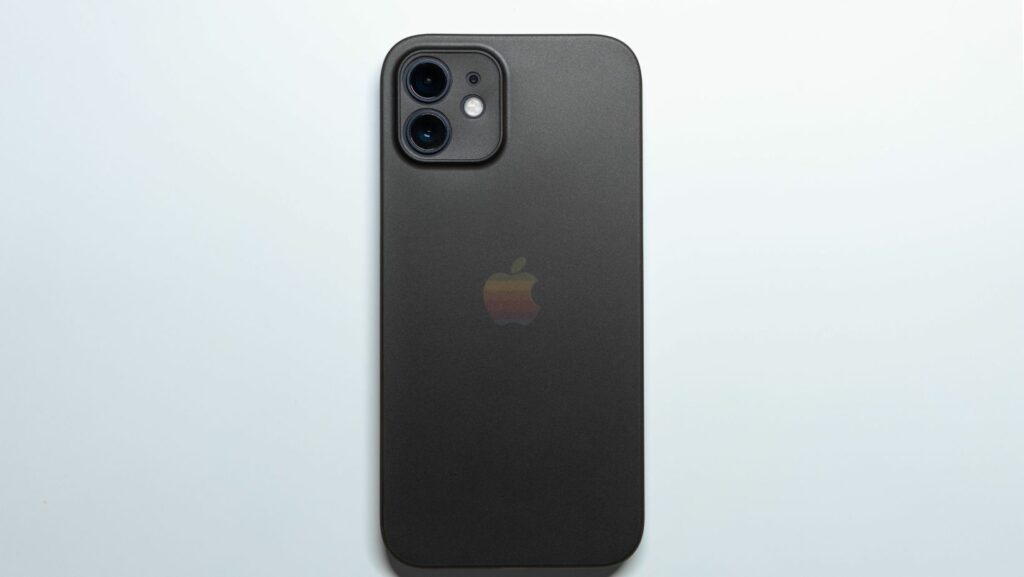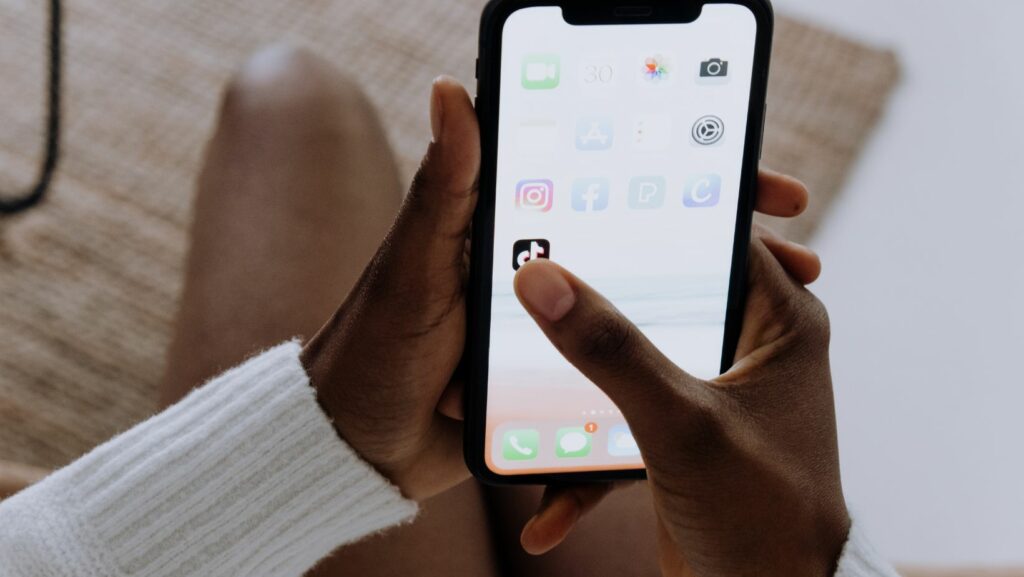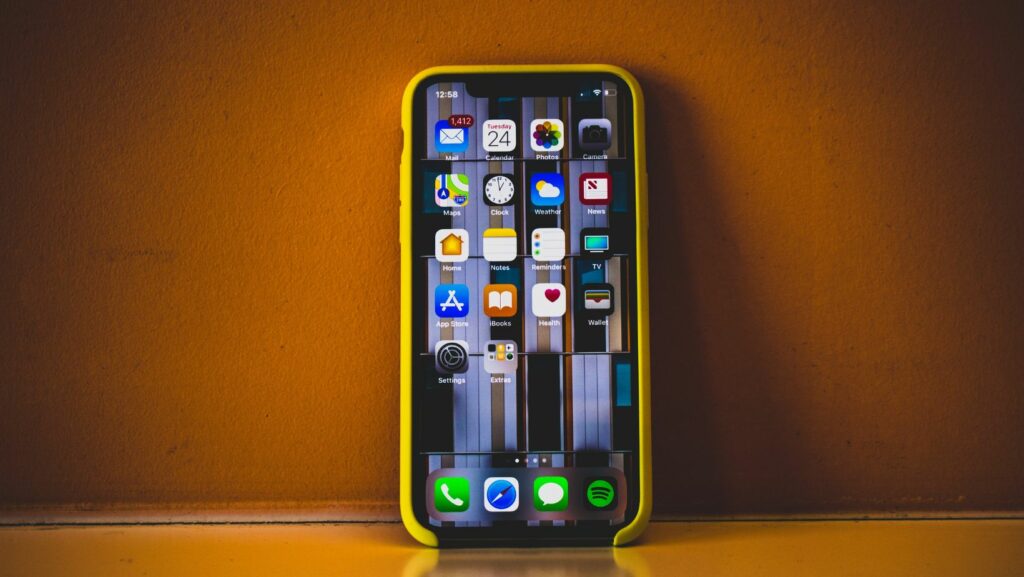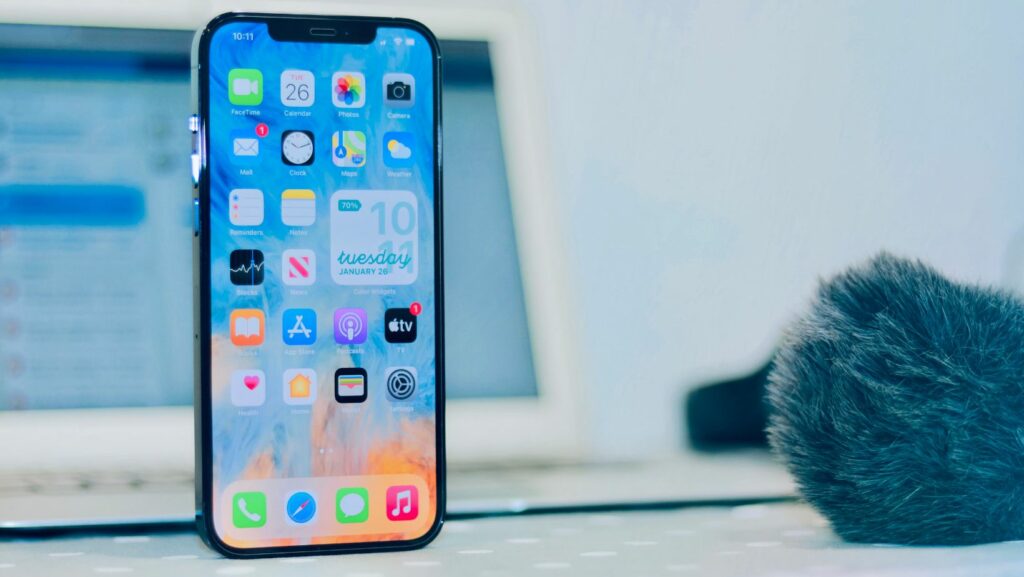In the ever-evolving landscape of technology, voice recognition has emerged as a transformative feature in smartphones, with the iPhone at the forefront of this innovation. By seamlessly integrating voice commands into daily tasks, Apple has revolutionized the way users interact with their devices. The convenience of simply speaking to your iPhone to send messages, make calls, or set reminders has made voice recognition a game-changer in enhancing user experience.

With advancements in artificial intelligence and machine learning, the accuracy and responsiveness of voice recognition on the iPhone have reached new heights, allowing for more natural and intuitive interactions. As users increasingly rely on voice commands for efficiency and hands-free convenience, the capabilities of voice recognition on the iPhone continue to expand, shaping the future of mobile technology.
Voice Recognition iPhone
Voice recognition on the iPhone has undergone significant enhancements over the years, revolutionizing user interactions with smartphones. Apple’s integration of voice commands initially allowed basic tasks like sending messages and making calls through voice. With advancements in artificial intelligence and machine learning, the accuracy and responsiveness of voice recognition on the iPhone have greatly improved, enabling more natural interactions. As users increasingly rely on voice commands for efficiency and hands-free convenience, the capabilities of voice recognition on the iPhone continue to expand, shaping the future of mobile technology.
Early Stages and Initial Features
In the early stages of voice recognition on the iPhone, basic functionalities like making calls, setting reminders, and composing messages through voice commands were introduced. These initial features provided users with a glimpse of the convenience and hands-free operation that voice recognition technology could offer. Despite some limitations in accuracy and understanding complex commands, these early developments laid the foundation for future advancements in voice recognition on the iPhone.
Enhancements in Recent iPhone Models

Recent iPhone models have showcased significant enhancements in voice recognition technology. With each new release, Apple has focused on improving the accuracy, speed, and overall performance of voice recognition features. The integration of advanced natural language processing and neural networks has refined the ability of the iPhone to understand and respond to a wide range of voice commands. Furthermore, Siri, Apple’s virtual assistant, has evolved to offer personalized responses and proactive suggestions based on user behavior, enhancing the overall user experience. These enhancements in recent iPhone models demonstrate Apple’s commitment to pushing the boundaries of voice recognition technology.
Key Features of iPhone Voice Recognition
Enhancing the user experience, iPhone voice recognition technology excels in accuracy and speed, ensuring seamless interactions.
Accuracy and Speed
- iPhone’s voice recognition boasts an impressive accuracy rate, ensuring precise execution of commands.
- The technology’s swift response time enhances user efficiency, providing instant access to desired functions.
- iPhone voice recognition supports a wide range of languages, catering to a diverse user base.
- Users can effortlessly interact with their devices in multiple languages, showcasing Apple’s commitment to inclusivity and accessibility.
Practical Uses of Voice Recognition on iPhone
Voice recognition on the iPhone offers a wide array of practical uses that enhance user experience and accessibility. From everyday commands to seamless integration with various apps, the technology continues to evolve, providing users with efficiency and convenience in their daily tasks.
Everyday Commands and Accessibility
Users can perform a multitude of everyday tasks using voice commands on their iPhones, making it easier to navigate the device hands-free. From setting reminders and alarms to sending messages and making calls, voice recognition technology simplifies interactions with the phone, especially for individuals with mobility or vision impairments. This accessibility feature has transformed the way users engage with their devices, allowing for a more inclusive and user-friendly experience.
Integration with Other Apps

Voice recognition technology on the iPhone seamlessly integrates with a variety of apps, expanding its functionality beyond basic commands. Users can dictate emails, compose notes, search the web, and even control smart home devices using voice commands within compatible applications. The ability to interact vocally with third-party apps enhances productivity and convenience, offering a versatile and hands-free experience for iPhone users across different tasks and functionalities.
.



